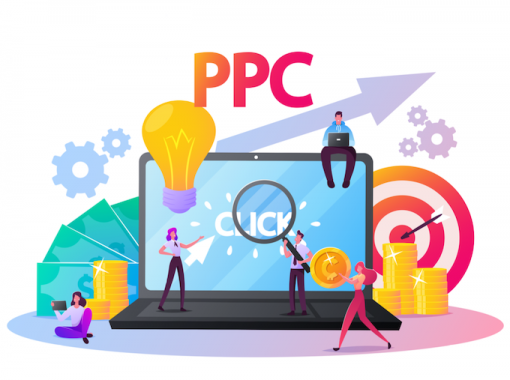
The pandemic has had a profound impact on the way we live and work, and the world of marketing is no exception. The sudden shift to remote work and social distancing measures we experienced during it changed the way we do things, with many people spending more time online and less time engaging in traditional in-person activities.
As a result, businesses must rethink their marketing strategies in order to stay relevant and competitive in a post-pandemic world. Here, we’ll explore how the pandemic has impacted consumer behavior and how businesses can adapt their marketing strategies to stay ahead of the curve.
Table of Contents
- Impact of the Pandemic on Consumer Behavior
- New Approaches to Digital and Online Marketing
- Adapting Traditional Marketing Strategies
- Monitoring the Market to Stay Relevant
Impact of the Pandemic on Consumer Behavior
One of the most notable changes is an increase in online shopping and e-commerce. When physical stores shut their doors, consumers turned to the internet to purchase goods and services. When they ordered locally, they opted to get it delivered. And many consumers got used to this convenience and are still doing this.
But it is not at the levels it was during the pandemic, which caused a recession. This and other economic issues have made consumers keep a closer eye on their wallets. The demand for essential goods like cleaning supplies and personal protective equipment is up, and there is less spending on non-essential items, leading to a decline in sales for luxury and discretionary products. Consumers also want to be more sure about what they are purchasing and that they get the best deal before they checkout.
These consumers also want personalized experiences. This is another thing they got used to when technology evolved to deal with the spike in internet usage that the pandemic caused.
The pandemic also brought with it an increase in data breaches and hacking attempts that have consumers worrying about the security of their online data, and they have new expectations about the level of security the companies they do business with provide.
New Approaches to Digital and Online Marketing
With the increase in online shopping and browsing, one approach businesses can consider is focusing on digital and online marketing. Invest in search engine optimization (SEO) and pay-per-click (PPC) advertising to increase visibility and reach potential customers.
Also, consider personalizing marketing efforts and creating a customized experience for consumers. This includes using data and analytics to understand consumer behavior and preferences and tailoring marketing messages and content to target specific segments of the market.
You should also prioritize online security and data protection. Implement robust security measures to protect customer data and make sure that customers are aware of these measures. You can also consider earning trust with badges and certifications from known security providers like McAfee or Norton.
Finally, continue or consider offering quick and easy delivery of your products for customers who still would rather not shop in person. They might not want to come into your store, but they still expect to get want they want fast.
Adapting Traditional Marketing Strategies
One key tip for adjusting traditional marketing strategies is to focus on the “why” behind a product or service. By highlighting the benefits and value that a product or service provides, your business can better connect with consumers on an emotional level.
Another tip is to focus on creating a sense of community and connection. You can use your marketing strategies to create a sense of belonging through your branding and messaging. When consumers feel you are on their team, they will be more likely to buy.
One example of adapting traditional marketing strategies is a clothing store that starts offering virtual try-on options to help customers make informed purchase decisions. Customers want to be sure they are getting something that fits and looks good, and technologies like this make it easier.
Monitoring the Market to Stay Relevant
Monitoring the market is a practice that always works to keep up with changes in consumer trends and behavior. There are many ways your business can do this, including:
- Surveys and focus groups: These can give you insights into the needs of your target audience so you can better align your marketing strategies with the market.
- Competition research: By tracking your competition’s marketing efforts and understanding their strengths and weaknesses, you can keep an eye on their tactics.
- Setting and tracking key performance indicators (KPIs): This can include metrics such as website traffic, conversion rates, and customer satisfaction. By regularly monitoring these KPIs, businesses can identify areas that need improvement and make adjustments.
- Testing new marketing strategies: Marketing methods are always evolving. Not every new tactic will be useful to your business, and testing will help you determine which works best for you.
Finally, you must also be willing to pivot or change direction if necessary. The pandemic showed us that the market can change rapidly, and businesses that are not prepared to adapt will struggle. By staying flexible, your business can be better equipped to navigate the market and achieve success in a post-pandemic world.
Final Thoughts
The pandemic changed consumer behavior, and businesses must adapt. From the increase in online shopping and e-commerce to their anxiety over the security of their personal data, businesses need to know what their target market wants now to stay relevant.
In this article, we’ve discussed strategies that businesses can use to adapt their marketing efforts, so they are effective in the current market. By understanding these changes, businesses can ensure that their marketing efforts are reaching their target audience and driving results. The world of marketing has been impacted by the pandemic, but by staying on top of consumer behavior, businesses can continue to thrive.












